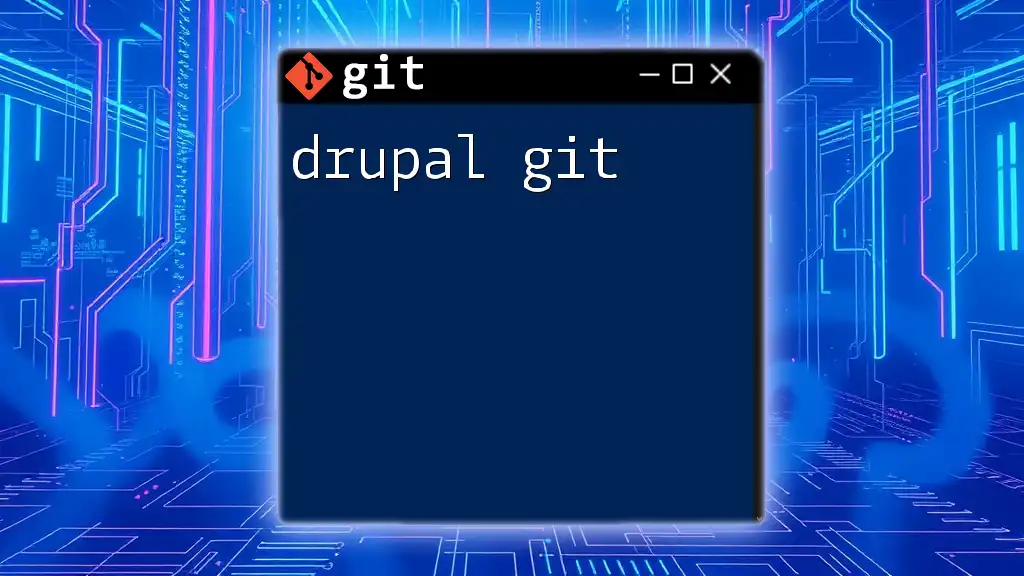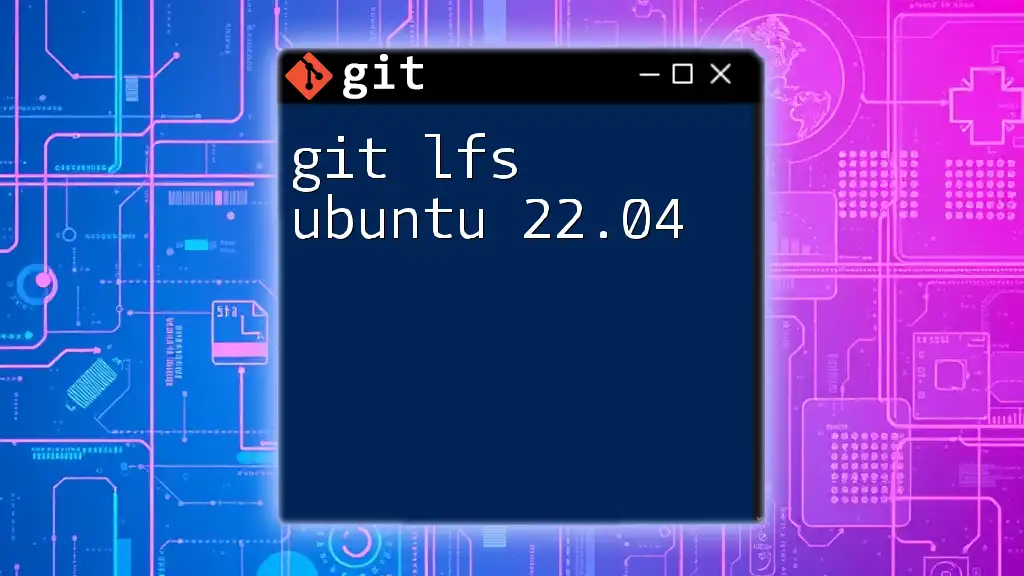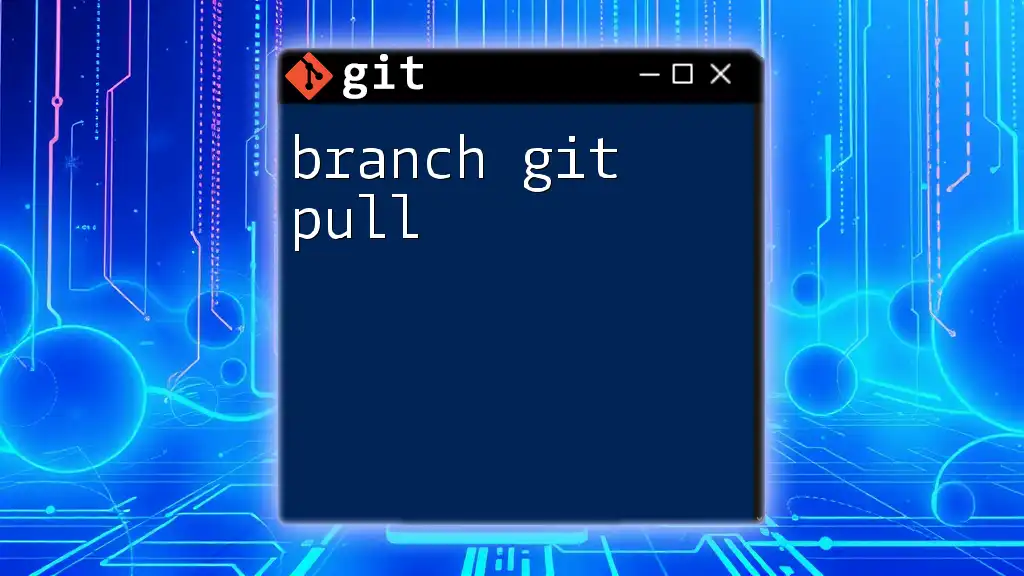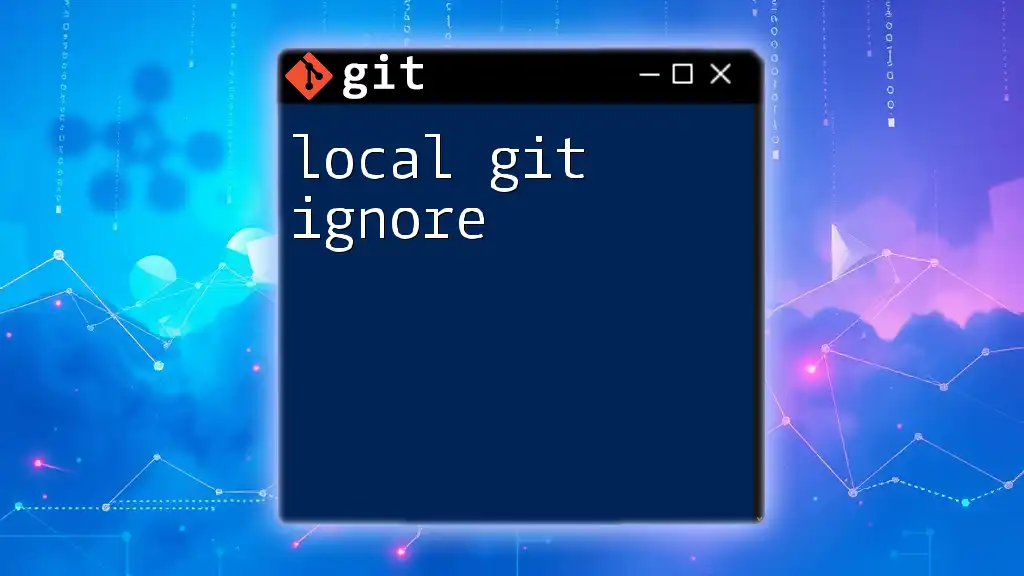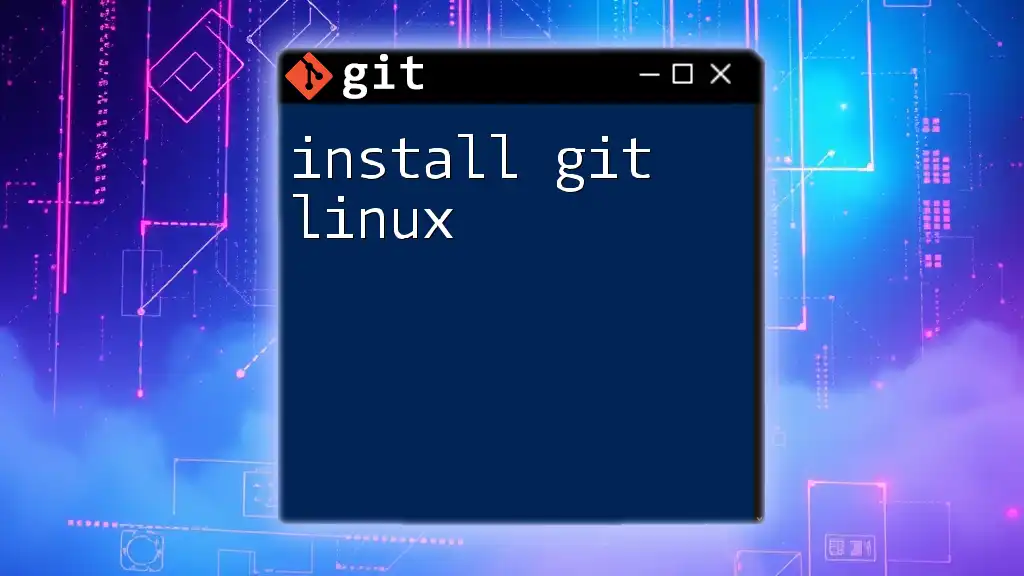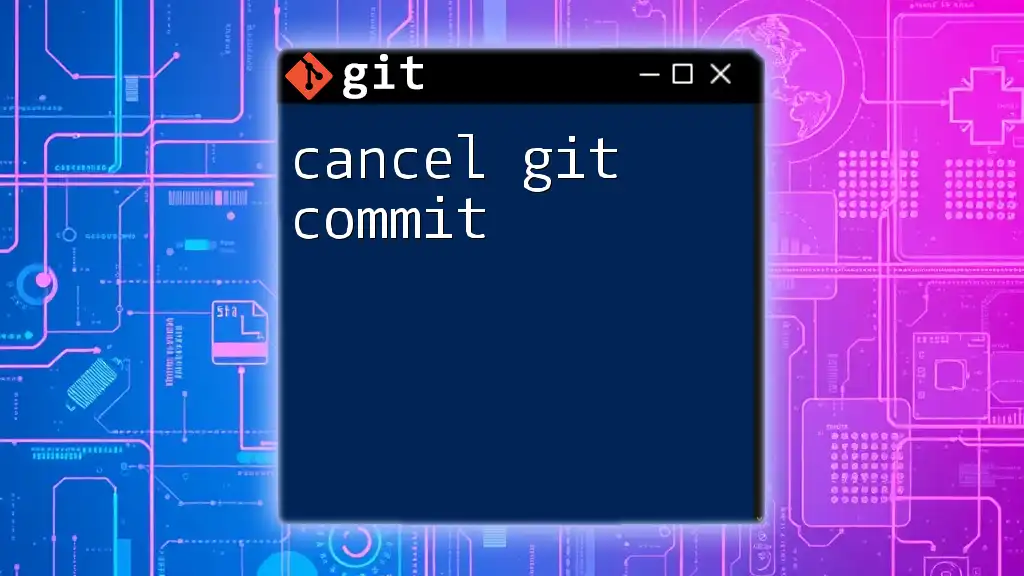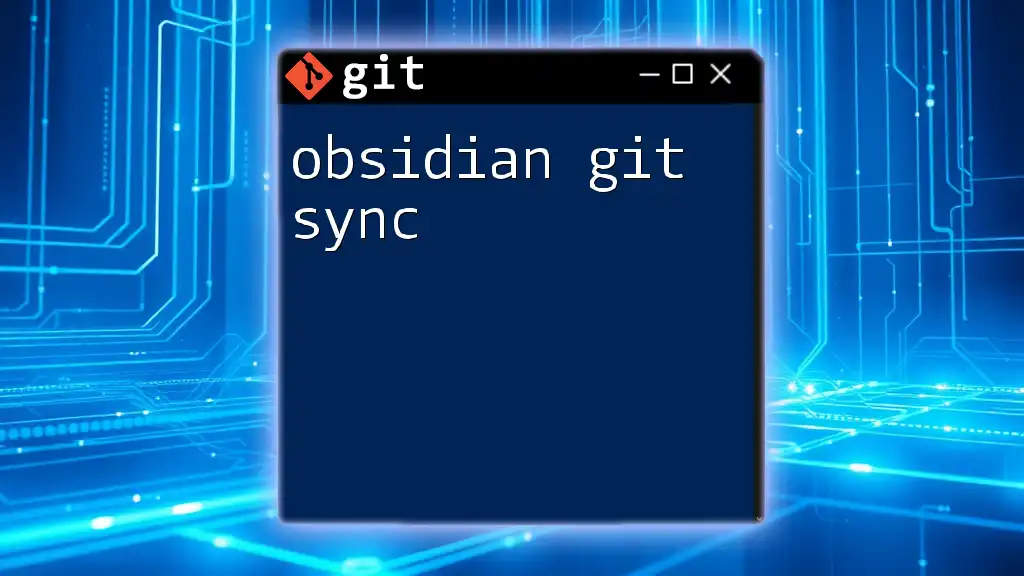"Graphical Git on Ubuntu provides a user-friendly interface to manage your Git repositories without relying solely on command-line commands."
Here’s a code snippet to install GitKraken, a popular graphical Git client on Ubuntu:
sudo snap install gitkraken
What is Graphical Git?
Graphical Git interfaces are tools that provide a visual representation of Git's functionalities, making version control more accessible and intuitive, especially for beginners or those who prefer a GUI over the command line. Using a graphical interface alleviates the need for memorization of numerous commands and can simplify complex workflows.
While command-line Git is powerful and offers fine-grained control over operations, graphical Git clients enable users to interact with repositories through engaging visual elements. This convenience often leads to improved productivity and fewer mistakes.
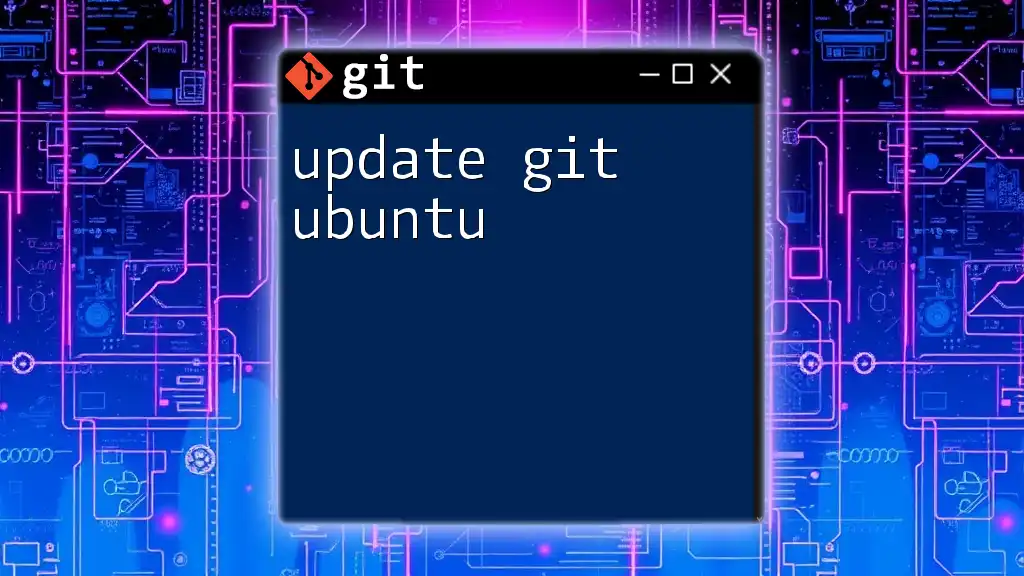
Popular Graphical Git Clients for Ubuntu
GitKraken
Overview: GitKraken is a robust and user-friendly Git client that has gained popularity for its sleek design and powerful features.
Key Features:
- Intuitive Interface: GitKraken’s design makes navigating your repositories a breeze.
- Gitflow Support: Easily implement and manage Gitflow workflows.
- Collaboration Features: Integrated tools for team collaboration improve the experience.
Installation Steps: To install GitKraken, you can use the Snap package manager with the following command:
sudo snap install gitkraken
Basic Usage: Once installed, open GitKraken, and you can create a new repository or clone an existing one. To commit changes, simply stage files and provide a commit message in the designated area, making the process visually straightforward.
Sourcetree
Overview: Sourcetree is another popular choice among developers that simplifies Git interaction through its clean visual design.
Key Features:
- Visualizing Branches: Sourcetree allows you to see your branches and merges in a clear layout, making it easier to manage your workflow.
- Stash Management: Handle stashes elegantly with a dedicated interface.
Installation Steps: For Ubuntu users, Sourcetree does not have a native Linux version, but you can download the .dmg file and use a conversion tool like `dmg2img` to turn it into an installable format.
Basic Usage: After installing, use the interface to create a repository or clone one. Initiating commits and viewing changes is intuitive and minimizes potential errors.
SmartGit
Overview: SmartGit is a professional-grade Git client offering numerous advanced features catered to developers who require more than basic functionality.
Key Features:
- Integration with Version Control Systems: Beyond Git, SmartGit supports Mercurial and SVN, which helps in multi-version management environments.
- Interactive Rebase Support: A useful feature for managing commit history effectively.
Installation Steps: You can install SmartGit on Ubuntu using:
sudo add-apt-repository ppa:smartgit/smartgit
sudo apt update
sudo apt install smartgit
Basic Usage: Upon launching SmartGit, you can manage repositories with ease. The visual display of branches and commits allows for rapid understanding of the project’s history. Perform tasks such as branching and merging with just a few clicks.
GitCola
Overview: GitCola is a lightweight alternative for users who prefer a minimalist design without sacrificing functionality.
Key Features:
- Lightweight and Customizable: GitCola offers flexibility, allowing users to arrange their workspace according to their preferences.
- Different Views: It provides multiple views for handling repositories, which can suit diverse workflow styles.
Installation Steps: Installing GitCola can be done swiftly with:
sudo apt install gitcola
Basic Usage: Launch GitCola to create or clone a repository. The interface is straightforward, and performing a commit or switching between branches can be done with just a few clicks.
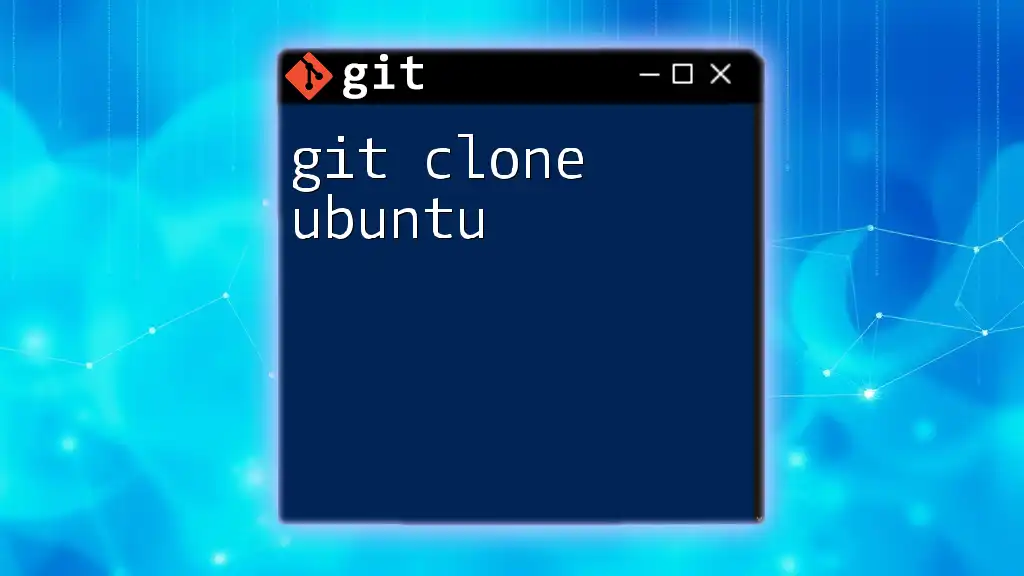
Getting Started with Graphical Git
Setting Up Your First Repository
Creating your first repository is a pivotal step in mastering Git. In GitKraken, for example, you can create a new project by clicking on the ‘New Repo’ button. This opens a dialog to configure repository settings, allowing you to specify the directory and name.
Cloning an Existing Repository: For GitCola, simply select “Clone” from the menu, enter the repository URL, and specify the local directory where you want to download the repository.
Basic Operations in GUI
Committing Changes: The commitment of changes is essential for proper version control. In any graphical client, after modifying files, you can easily drag and drop them into the staging area. Once staged, enter a descriptive message in the commit box and hit the commit button. This process minimizes the complexity involved in the traditional command-line approach.
Branch Management: Creating and switching between branches can feel daunting. However, in GUI applications like SmartGit or GitKraken, managing branches is as simple as clicking on a branch in the sidebar and selecting options. Merging branches is also made easier, with visual prompts assisting throughout the process.
Resolving Conflicts: Merge conflicts can be a headache, but GUIs provide tools for conflict resolution. Most graphical clients highlight conflicting files and allow you to view differences side-by-side. Using a GUI to resolve these conflicts can greatly ease the confusion that arises during this process.
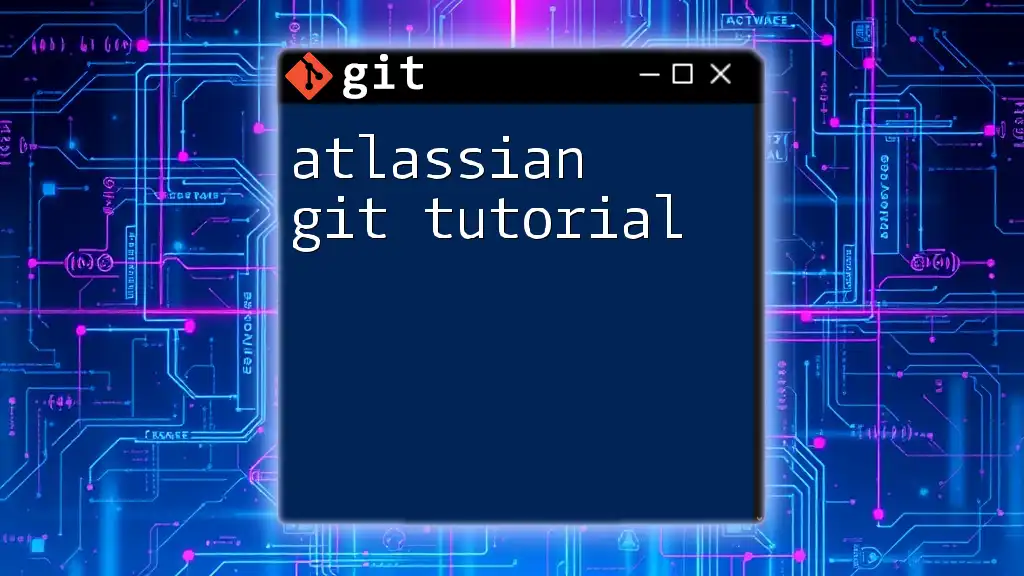
Advanced Features of Graphical Git
Pull Requests and Collaboration
Managing Pull Requests: Graphical clients have incorporated functionality to create and manage pull requests seamlessly. You can simply select the branches you want to merge, add any necessary comments, and submit the pull request through the UI, allowing for clear and organized collaboration.
Collaboration Tools: Many graphical Git clients include integrated chat features or comments sections, enabling real-time collaboration and feedback among team members.
Git Hooks and Automation
Overview of Git Hooks: Git hooks are scripts that run automatically at certain points in the Git workflow. While users typically set these up via the command line, GUIs can also facilitate setting up pre-commit hooks through simple dialog boxes.
Setting Up Hooks Using GUI Tools: For instance, in SmartGit, you can create custom hooks by navigating to the hooks section in settings, allowing for automated workflows without diving into the command line.
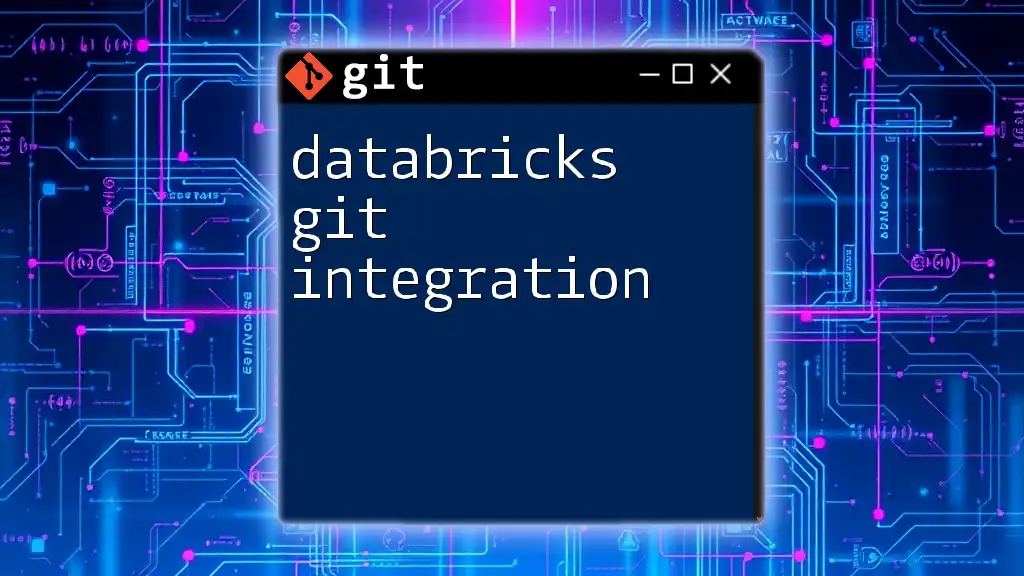
Conclusion
The use of graphical Git clients on Ubuntu highlights the commitment to making version control approachable. With a variety of options available, each tool provides unique features that cater to different needs. Transitioning to graphical Git can significantly enhance your workflow, making complex operations straightforward and efficient. Whether you choose GitKraken, Sourcetree, SmartGit, or GitCola, explore the functionalities and discover which best fits your development environment. Engaging with these tools can ensure efficient version control while minimizing errors, allowing you to focus more on development rather than the intricacies of managing your repositories.
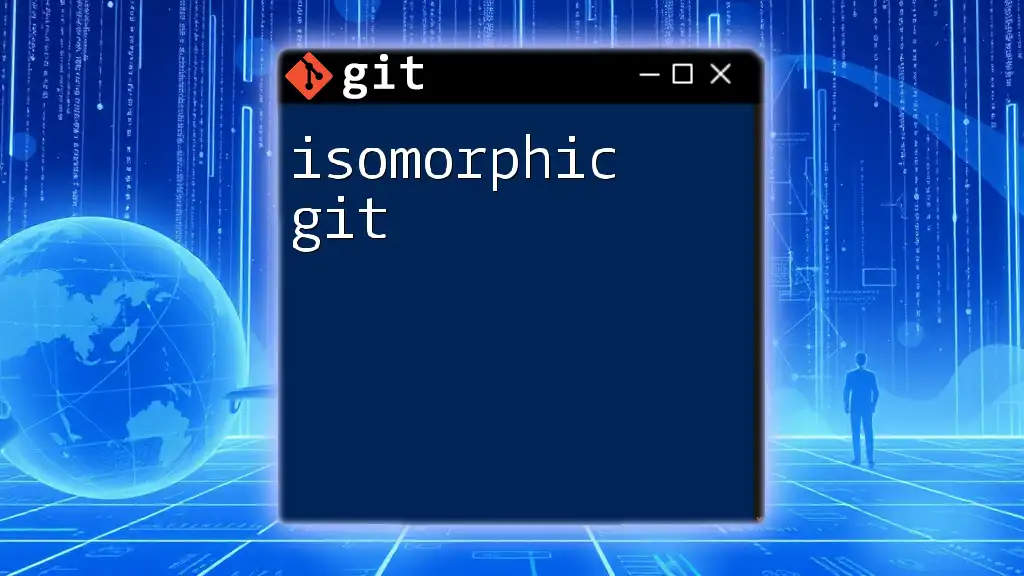
Additional Resources
Explore official documentation links for both Git and the graphical clients discussed for deeper insights into advanced functionalities. Additionally, consider watching tutorials on platforms like YouTube to visually grasp the features and configurations available in every graphical Git client. Engaging with community forums is also an excellent way to enhance your understanding and troubleshoot any challenges you may face.








